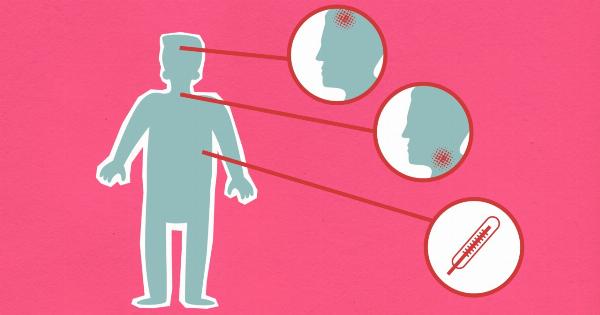When it comes to carbohydrates, most people would associate them with grains, bread, pasta, and other starchy foods.
However, there is one unique carb that often gets overlooked, and it may even surprise you – fiber! Yes, fiber is a type of carbohydrate that offers numerous health benefits and plays a crucial role in maintaining a healthy diet and lifestyle.
What is Fiber?
Fiber is a complex carbohydrate found in plant-based foods such as fruits, vegetables, legumes, and whole grains. Unlike other carbs, fiber is not easily digested by the body.
Instead, it passes through the digestive system relatively intact, without providing any calories or raising blood sugar levels.
The Two Types of Fiber
Fiber can be divided into two main types: soluble fiber and insoluble fiber.
Soluble Fiber
Soluble fiber dissolves in water and forms a gel-like substance in the digestive system. This type of fiber is commonly found in fruits, vegetables, legumes, and oats. Soluble fiber has been shown to improve heart health by reducing cholesterol levels.
It also helps regulate blood sugar levels and can be beneficial for individuals with diabetes.
Insoluble Fiber
Insoluble fiber does not dissolve in water and adds bulk to stool, promoting regular bowel movements and preventing constipation. This type of fiber is found in whole grains, nuts, seeds, and the skin of fruits and vegetables.
Insoluble fiber also helps maintain a healthy weight by keeping you feeling fuller for longer.
The Health Benefits of Fiber
Incorporating fiber-rich foods into your diet offers numerous health benefits:.
1. Improved Digestive Health
Fiber promotes regular bowel movements and prevents constipation. It adds bulk to stool, making it easier to pass through the digestive system, reducing the risk of hemorrhoids, and supporting overall gut health.
2. Weight Management
Fiber-rich foods are typically low in calories and help you feel fuller for longer. By adding bulk to your meals, fiber reduces hunger and prevents excessive snacking, aiding in weight management and controlling portion sizes.
3. Blood Sugar Control
Both types of fiber, soluble and insoluble, can help regulate blood sugar levels. Soluble fiber slows down the absorption of sugar into the bloodstream, preventing blood sugar spikes, while insoluble fiber aids in overall glycemic control.
4. Heart Health
Studies have shown that fiber can help lower cholesterol levels, specifically LDL (bad) cholesterol. By reducing cholesterol, fiber plays a crucial role in promoting heart health and reducing the risk of cardiovascular diseases.
5. Reduced Risk of Chronic Diseases
A high-fiber diet has been associated with a lower risk of developing chronic diseases, including type 2 diabetes, certain types of cancer (such as colorectal cancer), and diverticular disease.
How to Increase Your Fiber Intake
If your current diet lacks fiber, you can gradually increase your intake by following these tips:.
1. Add More Fruits and Vegetables
Incorporate a variety of fruits and vegetables into your meals and snacks. Aim for at least five servings of fruits and vegetables per day, choosing whole fruits with the skin whenever possible for added fiber content.
2. Choose Whole Grains
Opt for whole grain bread, pasta, and cereals instead of their refined counterparts. Whole grains retain the bran and germ, which are rich in fiber, vitamins, and minerals.
3. Include Legumes
Legumes such as lentils, chickpeas, beans, and peas are excellent sources of both soluble and insoluble fiber. Add them to soups, salads, and stews for a fiber boost.
4. Snack on Nuts and Seeds
Nuts and seeds are not only rich in healthy fats but also high in fiber. They make for a convenient and nutritious snack that can help meet your daily fiber needs.
5. Leave the Skin On
When eating fruits and vegetables, leave the skin on whenever possible. The skin contains a significant amount of fiber and other essential nutrients.
6. Consider Fiber Supplements
If you struggle to meet your daily fiber requirements through diet alone, you can consider fiber supplements. However, it is always best to obtain nutrients from whole foods whenever possible.
Conclusion
Fiber, often overlooked but incredibly important, is a hard carb that can truly surprise you with its numerous health benefits.
From improving digestive health to aiding in weight management and reducing the risk of chronic diseases, this complex carbohydrate deserves a place in a balanced and nutritious diet. By incorporating fiber-rich foods into your meals and snacks, you can enjoy a healthier and more vibrant life.































